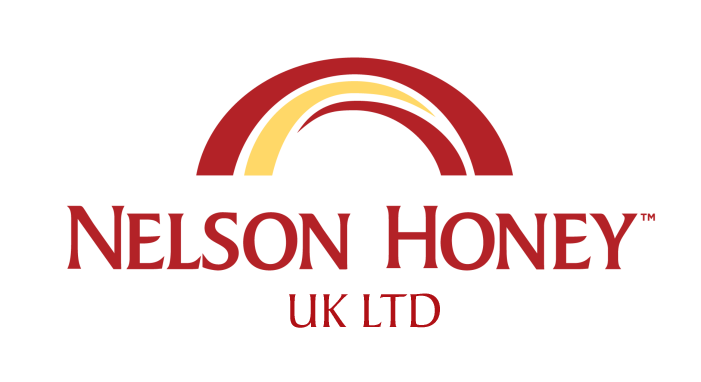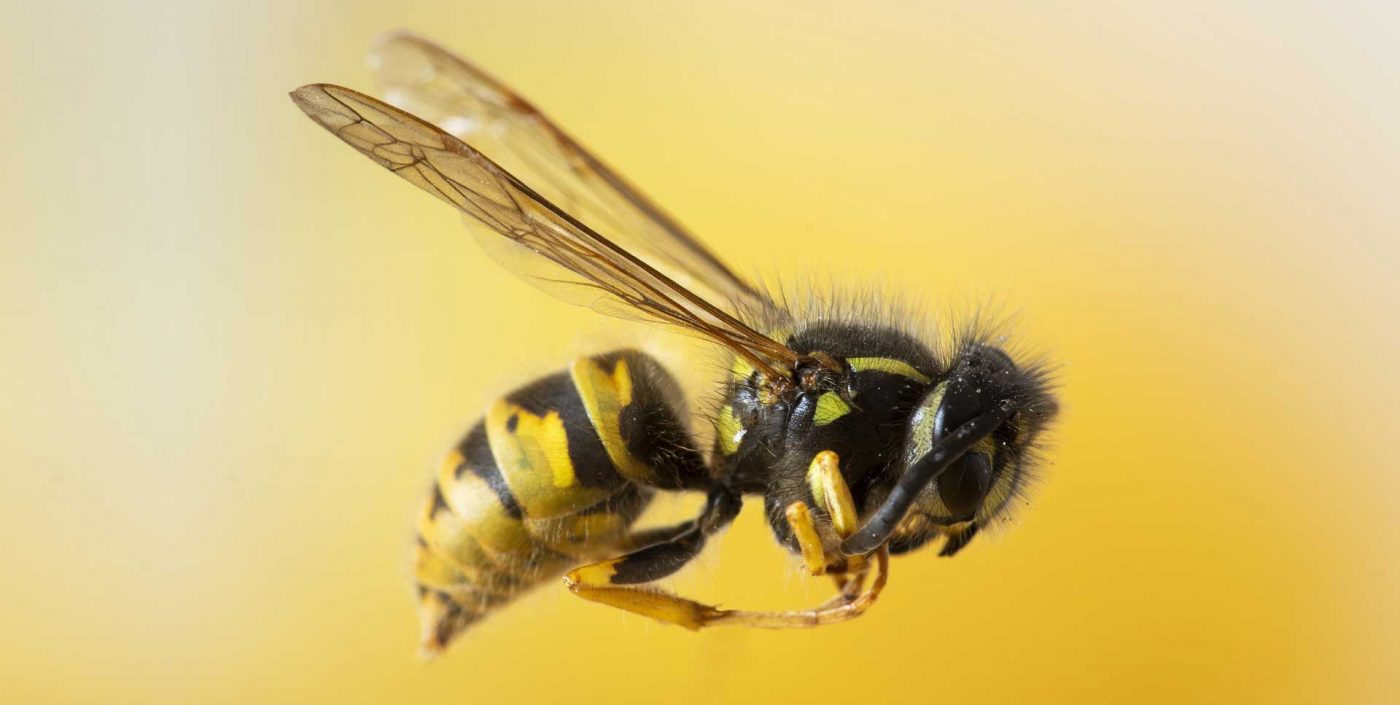SCIENCE OF PROPOLIS
Propolis is usually dark brown in color, but colour variations occur depending on available vegetation. The environment also affects chemical composition. Propolis may contain up to 180 constituents – resins, balsams, waxes, essential oils, pollen and minerals. The main chemical classes present are Flavonoids (e.g. Quercetin, Pinocembrin), Phenolics (e.g. Caffeic acid) and various aromatic compounds.
The predominant constituents of Propolis are complex natural chemical compounds called flavonoids. Their well-reported antibacterial, antiviral, anti-fungal, antioxidant and anti-inflammatory properties are believed to account for most of the biological activity of Propolis.
How bees use Propolis
Bees make Propolis to seal cracks and repair other hive damage. Sealing cracks reduces the risk of disease and parasites entering the hive. The resinous nature of Propolis also makes it ideal for preventing putrefaction within the hive, e.g. small mice or lizards that might die in the hive can be sealed in in Propolis.
Propolis uses
Dried Propolis is scraped from hives and frames. The flakes may then be powdered for use or soaked to extract desired constituents. Propolis is used as an innovative preservative and as a bioactive food supplement. Research showed that by adding Propolis to honey, total phenolics, flavonoids, ABTS free radical and hydroxyl radicals scavenging and anti-inflammatory activities increased.
Antimicrobial activity of honey and Propolis products showed synergic effects, resulting in higher results than those of the base honeys and Propolis extracts. Therefore, honeys enriched with small amounts of Propolis extracts are promising functional foods.
Nelson Honey produces a Propolis throat spray which can be purchased from our shop
Further reading
The National Center for Biotechnology Information (NCBI) offers a great source of published research about Propolis. Below are links to several interesting articles.
Seasonal benefits of a natural Propolis envelope to honey bee immunity and colony health. http://www.ncbi.nlm.nih.gov/pubmed/26449975
Bioactive properties of honey with Propolis. http://www.ncbi.nlm.nih.gov/pubmed/26593609
Chemistry and Biological Activities of Flavonoids: An Overview. http://www.ncbi.nlm.nih.gov/pmc/articles/PMC3891543/
Epigenetic activities of flavonoids in the prevention and treatment of cancer. http://www.ncbi.nlm.nih.gov/pubmed/26161152
The Food and Agricultural Organisation of the United Nations has also published research on value-added products from beekeeping including Propolis. http://www.fao.org/docrep/w0076e/w0076e14.htm


